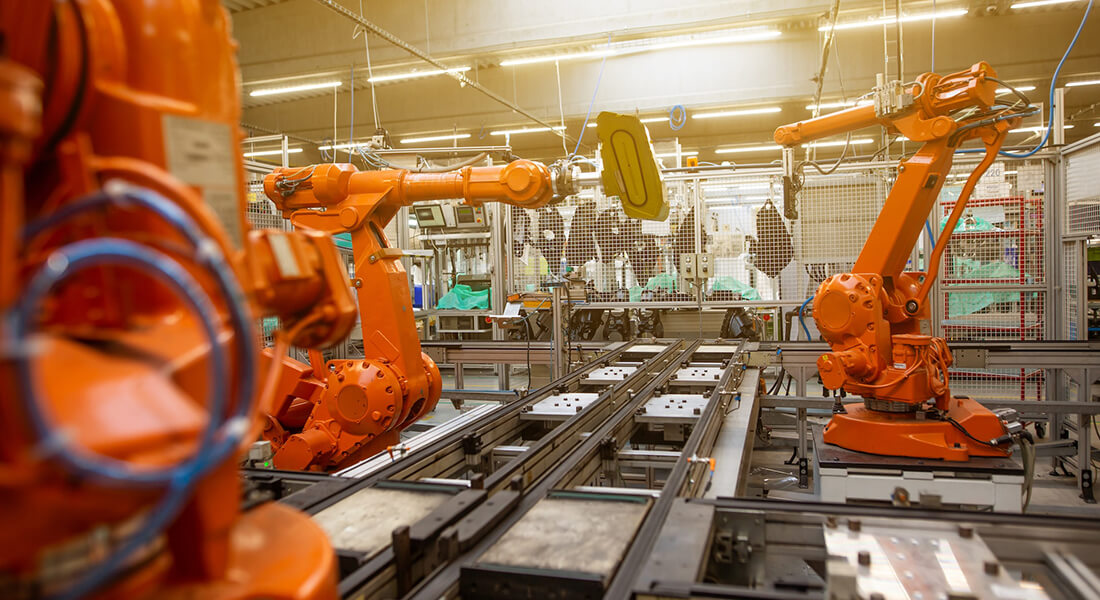Article on the entry of machines into the labour market is honoured
In a new study, economist Morten Olsen explores the relationship between the replacement of low-skill workers with machines, the creation of new products and income inequality. His research is now recognised by the American Economic Association, which has named his scientific article the best of 2023 in their journal of macroeconomics.

Over the past 50 years, income distribution in the US has changed dramatically. The gap between the wages of high and low-skilled workers has increased by 33 percent between 1963 and 2012, and labour's share of total income has fallen by 7 percentage points since the 1970s.

At the same time, more automation technologies have been introduced, increasing the ability of machines to replace human labour.
To investigate whether these trends can be explained as a natural evolution of the economy, researchers Morten Olsen, Associate Professor at the Department of Economics, UCPH, and David Hémous, Associate Professor at the University of Zurich, have developed a model with high and low-skilled workers that can analyse the balance between automation reducing the need for labour and the development of new products increasing the demand for labour. The model also allows you to analyse the incentives that companies face when developing new technology or automation.
"Our model shows that when wages for low-skilled labour increase due to horizontal innovation, the incentive to automate increases," Morten Olsen explains and elaborates:
"This implies that an increasing share of new technology is specifically targeting the development of automation technology – a trend we also see in the data. This causes income inequality to rise, the labour share of income to fall and possibly the wages of the low-skilled to temporarily fall."
Stability in sight
The two economists predict that the gap between high and low-skilled wages will continue to increase, but at a slower rate, and that the labour share of total income will stabilise.
"In the longer term, the economy is moving towards a state where the share of automation innovations stabilises and the wages of low-skilled workers rise – albeit more slowly than the wages of high-skilled workers and GDP," says Morten Olsen.
Read the full research article "The Rise of the Machines: Automation, Horizontal Innovation, and Income Inequality" here: https://pubs.aeaweb.org/doi/pdfplus/10.1257/mac.20160164
